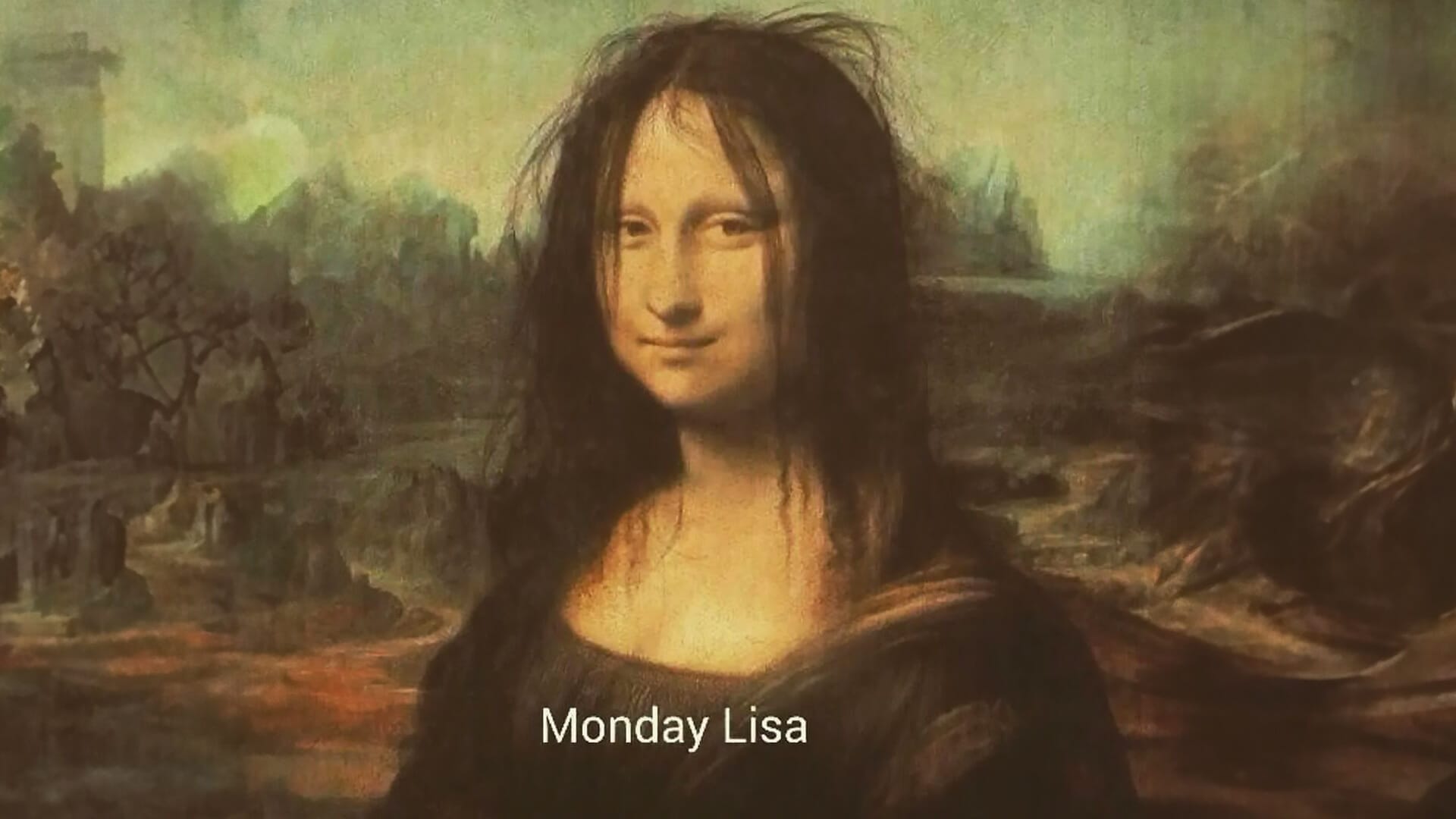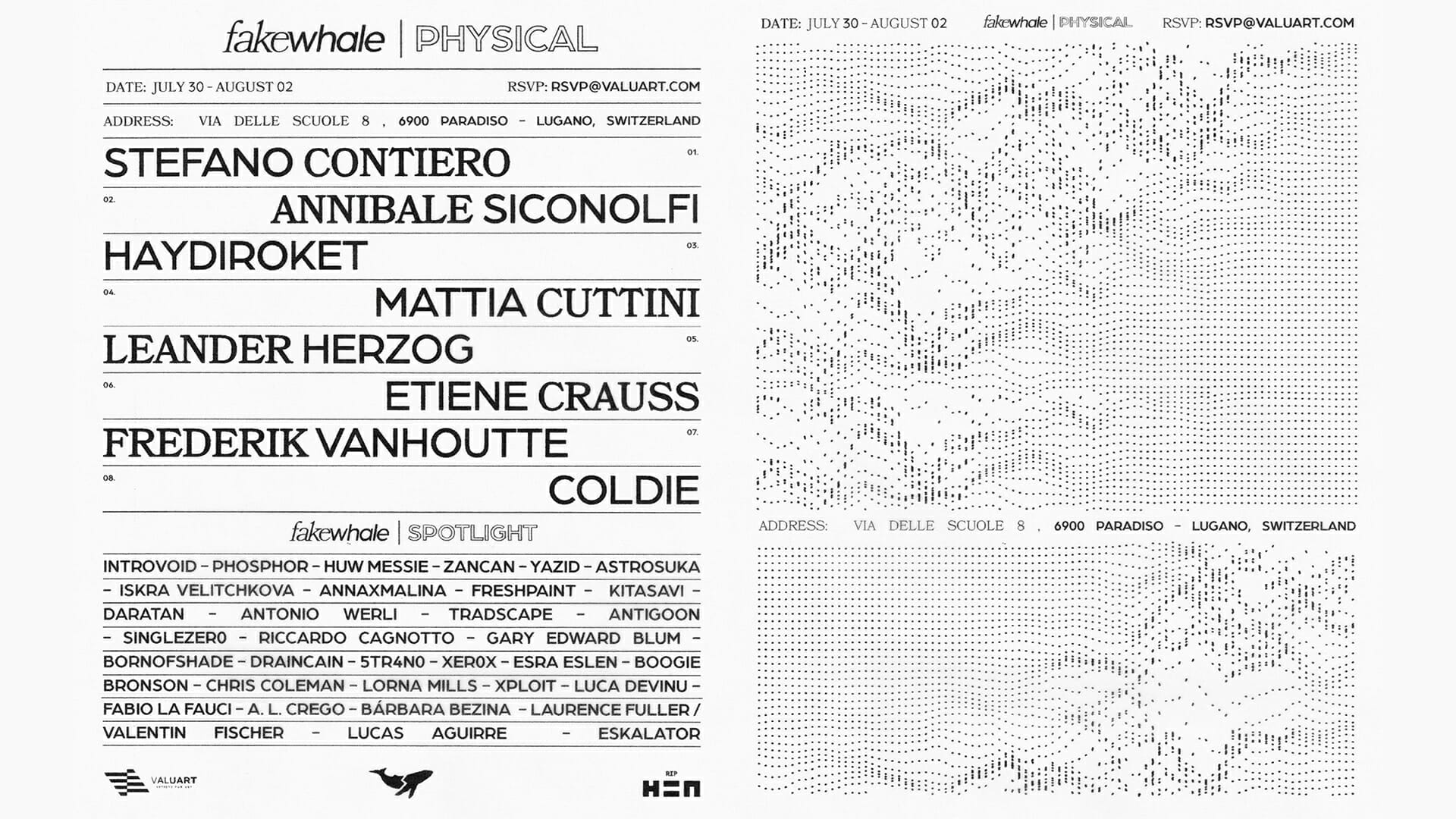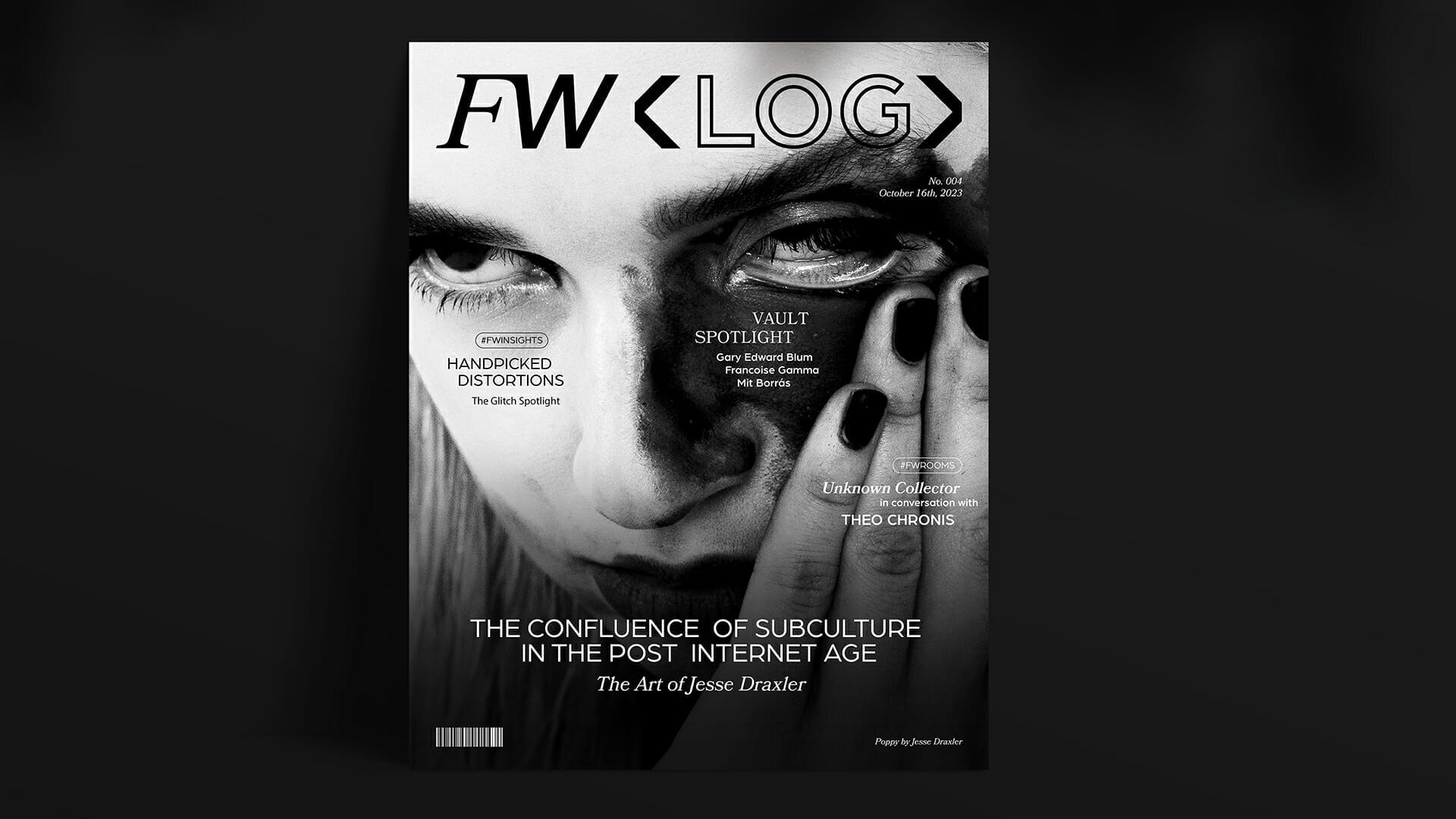
The History and Impact of Meme Culture
Memes Through Time: An Age-Old Need to Connect
Have you ever paused to think about the last meme you shared? Perhaps it was a fleeting joke, a poignant commentary, or a nostalgic reminder of times gone by. These snapshots of our digital life, often quirky, sometimes profound, are more than just entertaining; they reveal much about our collective culture.
Far from being just trendy internet flashes, memes have a long history behind them.
Way back in 1976, before the internet became a household name, Richard Dawkins, a British evolutionary biologist, introduced us to the term “meme” in his groundbreaking book, “The Selfish Gene“, referring to ideas, behaviors, and cultural nuances that are passed on from person to person.
Just as our genes leap across generations, bringing with them a mosaic of traits, memes traverse minds, shaping our cultural stories. Whether it’s a catchy beat, a fashion trend, or a memorable quote, these memes evolve, competing for our attention — much like nature’s own game of survival.
Fast-forward to our age of tweets, likes, and shares, and memes have found their ultimate playground, evolving from simple ideas to powerful communication tools, shaping our digital conversations. Whether for satire, social critique, art or just a heartwarming smile, memes today weave the fabric of our online communities, influencing and reflecting our shared experiences.
In other words, memes aren’t just an online phenomenon. It’s hard to imagine ancient civilizations without stories painted on cave walls, carved into rocks, or told around campfires. Despite looking strikingly different at first glance, those were the memes of their time—capturing tales, beliefs, and identities, much like our digital memes do today.
While the mediums of expression have transitioned from primitive surfaces to sophisticated digital screens, the underlying impetus persists: an innate human compulsion to disseminate ideas, foster community, and establish a shared understanding.

Internet: The Meme Melting Pot
The dawn of the digital era saw the internet transform into a vast amphitheater for global cultural dialogue, with specific platforms and websites beginning to emerge as key nodes for meme culture – in particular, the 2003-founded platform 4chan served as an important incubator for early internet memes. The anonymity of these platforms created an environment where ideas flowed freely, resulting in the rapid birth and evolution of memes; this framework ensured that a creation’s longevity and popularity were determined solely by its intrinsic appeal rather than by its reputation.
Gradually, as the internet’s landscape matured, platforms like Reddit entered the scene, further democratizing meme creation and dissemination: with the addition of its unique system of upvotes and downvotes, content reached the forefront based on collective resonance and relatability. In particular, specialized forums within Reddit, known as ‘subreddits’, allowed for specific meme genres to develop, each tailored to different interests and most importantly, communities.
Eventually, personal devices and improved digital connectivity led to a new generation of platforms such as Facebook, Twitter, and Instagram that became the epicenter of meme dissemination. As a result of their structure, which encourages sharing and engagement, combined with the ability to incorporate multimedia elements, meme expression gained depth and versatility.
This ecosystem facilitated the rapid spread of memes, connecting huge segments of the mainstream under a common thread of humor and sentiment. Notable examples include meme formats like Advice Animals (2006) and Rage Comics (2008), which stand among the icons of early internet culture that created a sense of community while capturing the collective spirit of internet communities worldwide.
With the development of meme culture, the canvas of meme culture grew expansive and animated, with platforms like Tumblr providing the perfect environment for internet users to engage with the GIF as a medium. The GIF, in its straightforward and repetitive nature, added new layers of context, emotion, and narrative depth to memes.

Memes through The Artistic Lens
While most early internet culture memes started as simple threads, often woven for a laugh or fleeting feeling, as the internet matured, so too did the nature and depth of these memes. No longer confined to the realms of mere humor, they began to mirror the depth and breadth of the art forms that preceded them in history.
As digital tools became more accessible and sophisticated, a new generation of digital artists emerged, set to continue contributing to the meme culture and uncovering new layers of meaning.
Memes, with their easily digestible and shareable formats, provided the perfect medium for these artists to dissect and comment on the world around them, while also becoming a form of political discourse. They became mirrors, reflecting societal idiosyncrasies, prejudices, and achievements. Through memes, pop culture found both its most passionate supporters and its sharpest critics.
However, amidst these evolutions, memes never lost their intrinsic allure—the ability to resonate instantly. While they delved deep into complex issues, they maintained a veneer of simplicity, making them accessible to all, irrespective of one’s familiarity with art or the subject in question.
Memes’ power and reach caused their resonance to reverberate in the halls of art galleries and contemporary installations. As such, galleries worldwide started hosting meme-centric exhibitions, among the pioneering, the 2018 exhibition curated by KnowYourMeme — “Two Decades of Memes” — a combination of both a timeline and a gallery, that walked its viewers through some of the most famous, and most viral, artifacts of meme history.
Such exhibits not only showcased meme art but also highlighted its significance, its influence on society, and its role in modern discourse, challenging traditional art paradigms.
Spaces that once stood as monuments to age-old techniques and revered masters now became platforms for the boldness of meme culture, inciting passionate debates surrounding the value of art. Is it the practiced hand, the evoked emotion, its contextual relevance, or perhaps an alchemic blend of all?
The emergence of meme culture in these elite spaces forced the art world to reflect, redefine, and embrace this powerful contemporary movement.

Memes as a Commodity
As memes carved a distinct niche within the digital collective consciousness, it was perhaps inevitable that their societal relevance would intersect with economic value.
Within the vast, intricate web of the digital economy, memes became more than just transient impressions, but actual entities. As they proliferated, a select few, like the iconic Rare Pepes, began to command a unique form of respect and desirability.
All in all, they became assets—commodities that carried a quantifiable value, akin to art pieces or collector’s items. Their worth wasn’t derived solely from their digital composition but from the cultural significance they embodied, the community consensus around their rarity, and the historical context of their evolution.
In light of this, let’s examine the phenomenon of the Rare Pepes.
Pepe the Frog originated from a 2005 comic called “Boys Club” by Matt Furie. In one of the comic’s panels, Pepe is shown urinating with the caption “Feels good man” — an image which began to circulate on platforms like 4chan as a reaction image and meme.
As a chain-reaction effect, Pepe the Frog was adapted, edited, and memed into countless different versions by internet users, often reflecting various emotions, situations, or pop culture references. The variety and adaptability of Pepe images made it a widespread internet meme.
Eventually, 2016 marked a turning point, as people began to create, trade, and sell “Rare Pepes”, which were unique or limited-edition digital cards featuring Pepe the Frog in various designs and contexts.
Rare Pepes are one of the earliest examples of digital assets being stored and traded on a blockchain, traded on the Bitcoin blockchain using the Counterparty protocol. This represented the very precursor to the more extensive Ethereum-based NFT systems we know today.
This impressive metamorphosis from simple digital snippets to valued commodities challenged conventional economic paradigms.
Most importantly, the rise of meme commodities underscores the power of collective belief in shaping value. Traditional economics often pegs value to tangible attributes, but in the digital realm, where the tangible and intangible constantly intertwine, value is multifaceted — it is influenced as much by cultural currents, community consensus, and historical trajectory as it is by scarcity or utility.
As a result, the sale and desire for meme assets not only reinforce the age-old principle that rarity and collective belief confer value, but also accurately reflect how value evolves in the digital age.

In Conclusion
Meme culture, weaving a rich tapestry of wit, reflection, and commentary, truly epitomizes the multifaceted nature of digital communication in our modern era.
They are markers of our times, capturing collective emotions, highlighting societal shifts, and fostering global discourse, transcending geographic, linguistic, and cultural barriers.
In essence, memes stand testament to the shared human experience, consistently narrating the pulse of our times.
fakewhale
Founded in 2021, Fakewhale advocates the digital art market's evolution. Viewing NFT technology as a container for art, and leveraging the expansive scope of digital culture, Fakewhale strives to shape a new ecosystem in which art and technology become the starting point, rather than the final destination.
You may also like
Fakewhale Physical II: The Fakewhale Vault Permanent Collection
Since its inception, the Fakewhale Vault is an ongoing innovative curatorial project that aligns the
FW LOG: Editorial Feed No. 004
Welcome to FW Editorial Feed No. 004, an edition meticulously dedicated to the exploration of post-I
Kevin Abosch: Disrupting Artistic Boundaries
The Intersection of Identity and Value A notable photographer and pioneer of the CryptoArt scene, Ke




